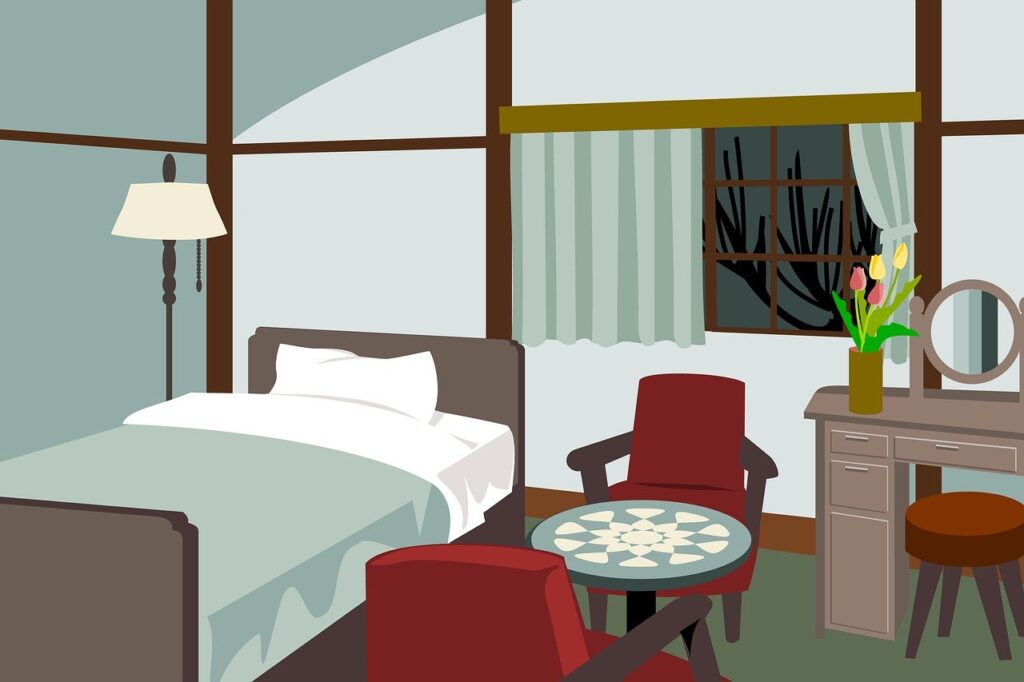Many designers that require to construct a PCB operating at radio frequencies will typically select a low-loss FR4 laminate or low-Dk PTFE laminate, and after that they will call it a day. Low-Dk is not always required, depending on frequency naturally, and you might operate just fine with a basic laminate or poosibly a high-Dk laminate for your particular application. If you’re not sure which high frequency PCB materials you ought to use, then keep reading to find out more.
Unique materials are required to achieve the high frequency supplied by this type of printed circuit board – any modifications in the Er value of these materials can impact the impedance of the board. Many PCB designers rely on Rogers dielectric material for its lower dielectric loss, reduced signal loss, lower expense of circuit fabrication and much better viability for fast-turnaround prototyping applications. Apart from choosing the proper PCB material and determining the proper the worth of the Er, designers should take criterion such as conductor width and spacing, substrate constant into factor to consider. These parameters need to be exactly defined and implemented with the highest level of process control.
The thickness is essential since it will identify the linewidth that is needed to hit your target system impedance. This is an important part of any RF PCB because parts and any printed elements will extremely be created to a 50 Ohm system impedance. Even if you’re utilizing impedance matching circuits to match printed circuit impedance to the system impedance, the substrate thickness will still determine the impedance inequality you require to compensate in your matching circuit since it sets the distance to the ground plane on the next layer.
While sound is generally related to the volume of meddlesome noises, sound can exist at frequencies far outside our series of hearing– which is up to about 20 kHz. In fact, most of what electronic devices designers and developers would classify as sound can only be seen, on an oscilloscope or similar equipment, and not heard. Whether heard or seen, what we frequently describe as sound has the exact same effect: it is intrusive.
Some customers whose styles are meant for especially demanding applications– such as high-power or high speed circuits– discover that FR-4 in some cases just does refrain from doing the task at those greater frequencies. In these cases, we are always pleased to assist you discover a laminate material to suit your particular requirements, and our extremely customizable PCB Assembly Process can be quickly adjusted to make certain your project lead time is not impacted. Please keep in mind that our PCB Fabrication Calculator estimates prices based upon FR-4 material, and you may see some additional cost on your official quote if you pick a different substrate. A picture of the datasheet for FR-4 material is revealed below for recommendation.
The PCB Laminate Materials you choose for your circuit board design can be critically crucial to the overall functionality and shelf-life of your final product. When operating frequencies drift into the Microwave and even RF areas, your PCB Laminate Material selection will have a considerable impact on the total loss of the finished circuit, after Complete PCB Assembly. Electrical, thermal, and mechanical homes need to all be considered thoroughly when identifying the very best material suitable for an offered PCB Fabrication project, making the selection procedure rather multi-faceted. Fortunately, Bittele Electronics is here to help.
A high-frequency PCB can satisfy your needs when incorporating an unique signal requirement into your electronic elements and items. It offers a frequency series of 500MHz – 2GHz, making it ideally suited for high-speed styles, in addition to radio frequency (RF), microwave and mobile applications. megtron 6 can also offer the faster signal flow rates that are a requirement in today’s progressively intricate electronic switches and other components.
High frequency PCB design can seem mystical, and I’ve heard lots of an engineer describe it as black magic. The topic is likewise a bit confusing, specifically when someone asks which frequencies could be fairly considered high. The reality is that some of the obstacles present in high speed style likewise appear in high frequency style, however we think of them in different ways. Prior to you do anything inside the layout for a high-speed or RF PCB, you will need to take note of the materials being utilized in the board.
PCB manufacturer Doesn’t Have To Be Hard – Read These 9 Tips
4 Mins Read
Keep Reading
Subscribe to Updates
Get the freshest updates and insights from Community64, your go-to source for the latest trends and happenings in the creative world. Don't miss out—stay informed and inspired!
© 2025 Community64.net Ragnar.
